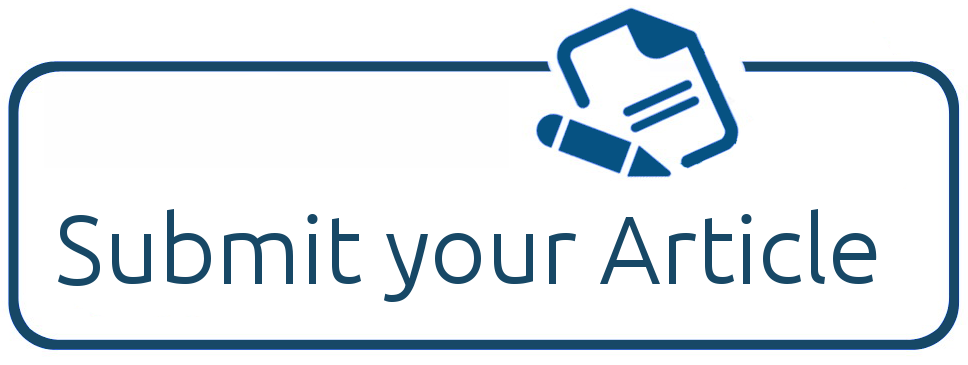Dampak Pencemaran Sumber Daya Alam dan Lingkungan (SDAL) terhadap Keberlanjutan Ekonomi dan Kesejahteraan Sosial di Indonesia: Pendekatan Mixed Method.
Abstract
Environmental pollution remains a significant challenge in managing natural resources (SDAL) in Indonesia. This study investigates the socio-economic and ecological impacts of SDAL pollution using a mixed-method approach. Quantitative data were obtained from surveys of 350 households and businesses located near polluted river basins in West Java and East Kalimantan, while qualitative insights were collected through in-depth interviews with local environmental officers, NGOs, and affected community members. The study applies the Environmental Kuznets Curve (EKC) theory and Cost-Benefit Analysis (CBA) to assess pollution thresholds and the economic burden resulting from environmental degradation. Results show that industrial and domestic waste significantly contribute to water and air pollution, leading to economic costs in the form of reduced agricultural yields, increased healthcare expenditures, and loss of biodiversity. Community perceptions highlight a lack of government enforcement and corporate accountability as major concerns. The study recommends integrated pollution control policies, reinforcement of environmental education, and the implementation of eco-labeling for industrial sectors. These findings underline the urgent need for policy reform in environmental governance to support the sustainability of natural resources and improve public welfare in pollution-affected
References
Dinda, S. (2004). Environmental Kuznets Curve hypothesis: A survey. Ecological Economics, 49(4), 431–455.
Dasgupta, S., Laplante, B., Wang, H., & Wheeler, D. (2006). Confronting the Environmental Kuznets Curve. Journal of Economic Perspectives, 16(1), 147–168.
Mulyani, R., & Hartono, D. (2020). Analisis Ekonomi Dampak Pencemaran Sungai Citarum. Jurnal Ekonomi Lingkungan, 12(1), 25–34.
KLHK. (2023). Laporan Kualitas Lingkungan Hidup Indonesia. Jakarta: Kementerian LHK.
Pearce, D., Atkinson, G., & Mourato, S. (2006). Cost-Benefit Analysis and the Environment: Recent Developments. OECD.
Perman, R., Ma, Y., McGilvray, J., & Common, M. (2011). Natural Resource and Environmental Economics (4th ed.). Pearson Education.
Kurniawan, A., Yusuf, M., & Pratiwi, F. (2022). Lemahnya Regulasi Limbah Industri di Indonesia. Jurnal Hukum Lingkungan, 7(2), 102–114.
Suryani, L., & Rachman, T. (2021). Evaluasi Partisipasi Masyarakat dalam Pengelolaan Lingkungan. Jurnal Sosial Ekologi, 5(1), 58–67.
Meadowcroft, J. (2007). Environmental governance: A new agenda for policy and research. International Social Science Journal, 55(1), 47–57.
World Bank. (2021). The Cost of Pollution: Strengthening Environmental Health. Washington, DC.
OECD. (2020). Green Growth Indicators 2020. Paris: OECD Publishing.
UNEP. (2022). Global Environmental Outlook 6. Nairobi: United Nations.
Purnomo, H. (2019). Valuasi Ekonomi Dampak Pencemaran Udara di Perkotaan. Jurnal Ekonomi Pembangunan, 20(3), 231–243.
BPS. (2023). Statistik Lingkungan Hidup Indonesia. Jakarta: Badan Pusat Statistik.
Astuti, W., & Nugraha, R. (2020). Analisis Biaya Kesehatan Akibat Pencemaran Air. Jurnal Ekonomi Kesehatan, 8(2), 75–88.
Hardjono, J. (2018). Pencemaran dan Ketimpangan Lingkungan di Daerah Perkotaan. Jurnal Pembangunan Wilayah, 4(1), 23–38.
Yanuarti, I., & Sudrajat, A. (2021). Ketahanan Lingkungan di Tengah Industrialisasi. Jurnal Sosial Ekologi, 6(2), 88–101.
Lee, K. (2019). Environmental Justice and Policy Reform in Developing Countries. Environmental Policy and Governance, 29(1), 12–23.
Fitriani, D., & Hakim, R. (2022). Analisis Risiko Kesehatan Akibat Pencemaran Limbah Cair Industri. Jurnal Kesehatan Lingkungan, 9(1), 33–42.
Wahyuni, L., & Hidayat, T. (2021). Keberlanjutan Ekonomi dan Degradasi Lingkungan di Kawasan Industri. Jurnal Ekonomi dan Pembangunan, 14(2), 111–123.

















